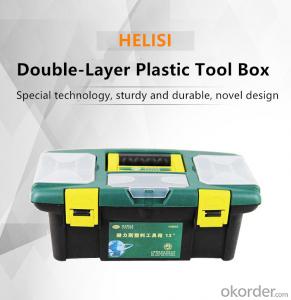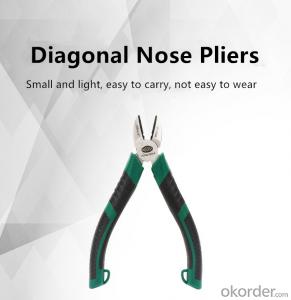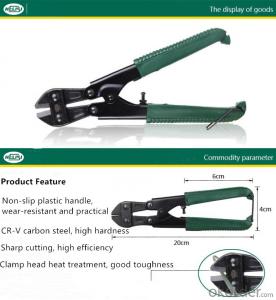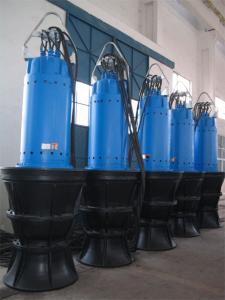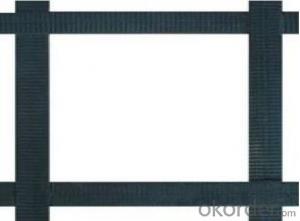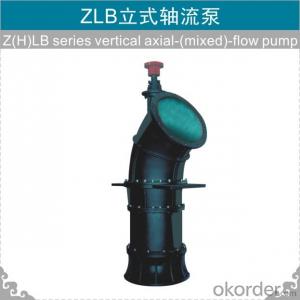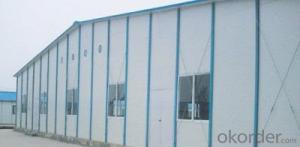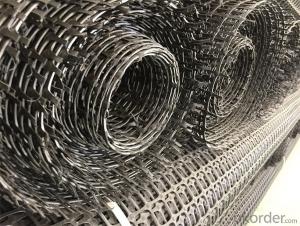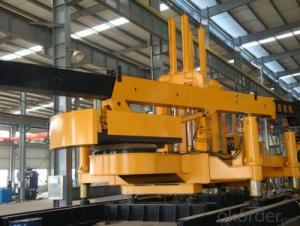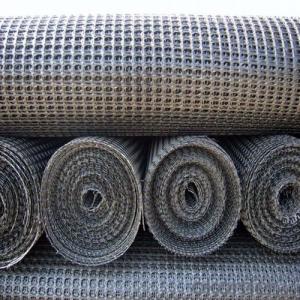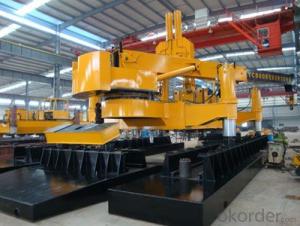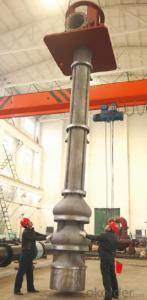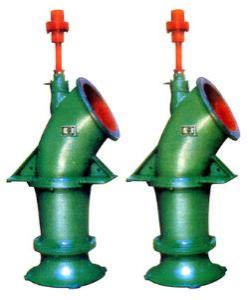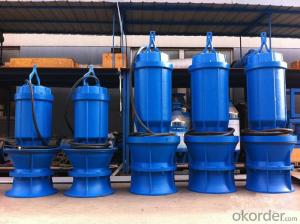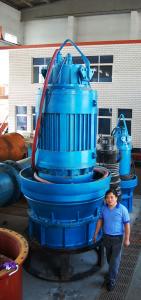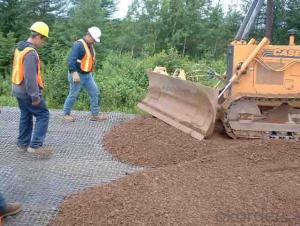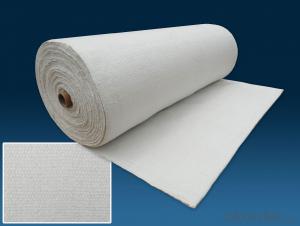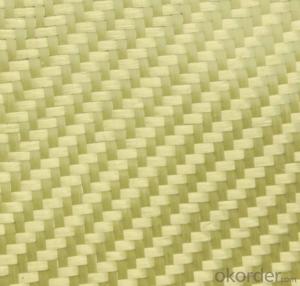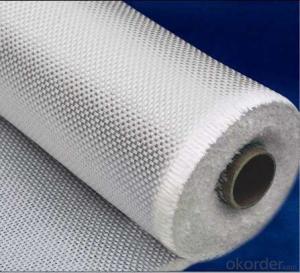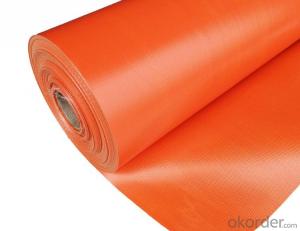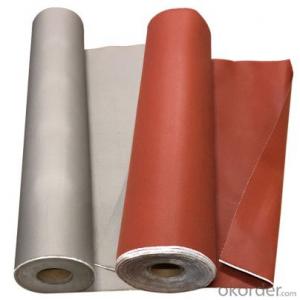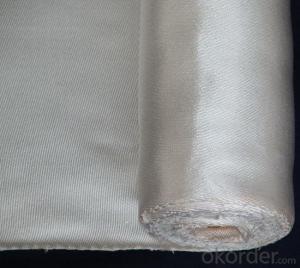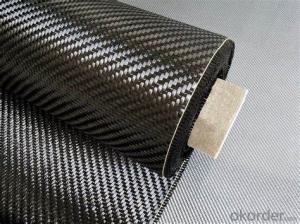Multi Axial Geogrid
Multi Axial Geogrid Related Searches
Led For Cannabis Growing Fiberglass Sheets For Roofing Geogrid For Road Construction Geogrid For Erosion Control Geogrid For Soil Stabilization Geogrid For Horse Paddocks Geogrid For Gravel Geogrid For Pavers Geogrid For Steep Slopes Geogrid For DrivewaysHot Searches
Fiberglass Scaffolding For Sale Fiberglass Panels For Sale Fiberglass Greenhouses For Sale Geogrid Fabric For Sale Gas Powered Core Aerator For Sale Revolution 4 Propeller For Sale Alabaster Carving Stone For Sale Geogrid For Sale Near Me Tensar Geogrid For Sale Geogrid For Sale Ex Display Log Cabins For Sale Photoelectric Cells For Sale Athletic Lockers For Sale Cubicle Partitions For Sale Stearman Propeller For Sale Palram Greenhouses For Sale Gumbo Bowls For Sale Suzuki Propellers For Sale Freight Crates For Sale Outhouse Sheds For SaleMulti Axial Geogrid Supplier & Manufacturer from China
Okorder.com is a professional Multi Axial Geogrid supplier & manufacturer, offers integrated one-stop services including real-time quoting and online cargo tracking. We are funded by CNBM Group, a Fortune 500 enterprise and the largest Multi Axial Geogrid firm in China.Hot Products
FAQ
- The weight options for fiberglass fabric can vary depending on the specific application and manufacturer. However, common weight options for fiberglass fabric range from lightweight options such as 3 ounces per square yard (oz/yd²) to heavy-duty options weighing around 30 oz/yd² or more.
- Known for its exceptional breathability, fiberglass fabric is highly regarded due to its woven structure that enables air to circulate freely. This feature sets it apart from other materials as it allows moisture and condensation to escape, thus preventing the accumulation of mold and mildew. Moreover, the breathability of fiberglass fabric ensures comfort for individuals by dissipating heat and keeping the body cool and dry. Consequently, this key characteristic has resulted in the widespread utilization of fiberglass fabric across numerous industries and applications.
- Yes, fiberglass fabric is suitable for making car covers. It is known for its durability, strength, and resistance to heat and chemicals, making it an excellent choice for protecting vehicles from various environmental elements such as UV rays, rain, and dust. Additionally, its lightweight nature allows for easy handling and storage of the car cover.
- What about the leaking water made of fiberglass cloth?
- The water leakage in the water tank made of glass fiber cloth can be applied by asphalt. After the asphalt is solidified, water leakage can be prevented.
- Yes, fiberglass fabrics can be used for insulation in power generation facilities. Fiberglass fabrics are known for their excellent thermal insulation properties, which makes them suitable for insulating various applications, including power generation facilities. They have low thermal conductivity, meaning they can effectively prevent the transfer of heat between different areas and equipment in the facility. This is crucial in power generation facilities as it helps to maintain optimal operating temperatures and prevent energy losses. Additionally, fiberglass fabrics are also fire-resistant, which is a critical requirement in power generation facilities where the risk of fire is high. Furthermore, fiberglass fabrics are lightweight, easy to install, and have a long lifespan, making them a cost-effective solution for insulation in power generation facilities. Overall, fiberglass fabrics are a suitable choice for insulation in power generation facilities due to their excellent thermal insulation properties, fire resistance, and durability.
- Certainly! Fiberglass fabric is a fantastic choice when it comes to crafting curtains and drapes. This remarkably versatile material boasts numerous benefits for this particular purpose. Not only is it lightweight and long-lasting, but it also exhibits exceptional resistance against heat, chemicals, and moisture. By utilizing fiberglass curtains and drapes, one can attain privacy while still allowing the gentle touch of natural light to permeate, thereby achieving an elegant and contemporary ambiance. Moreover, fiberglass fabric's effortless cleaning and maintenance make it an eminently practical option for curtains and drapes in diverse environments, be it residential dwellings, hotels, offices, or even medical facilities.

